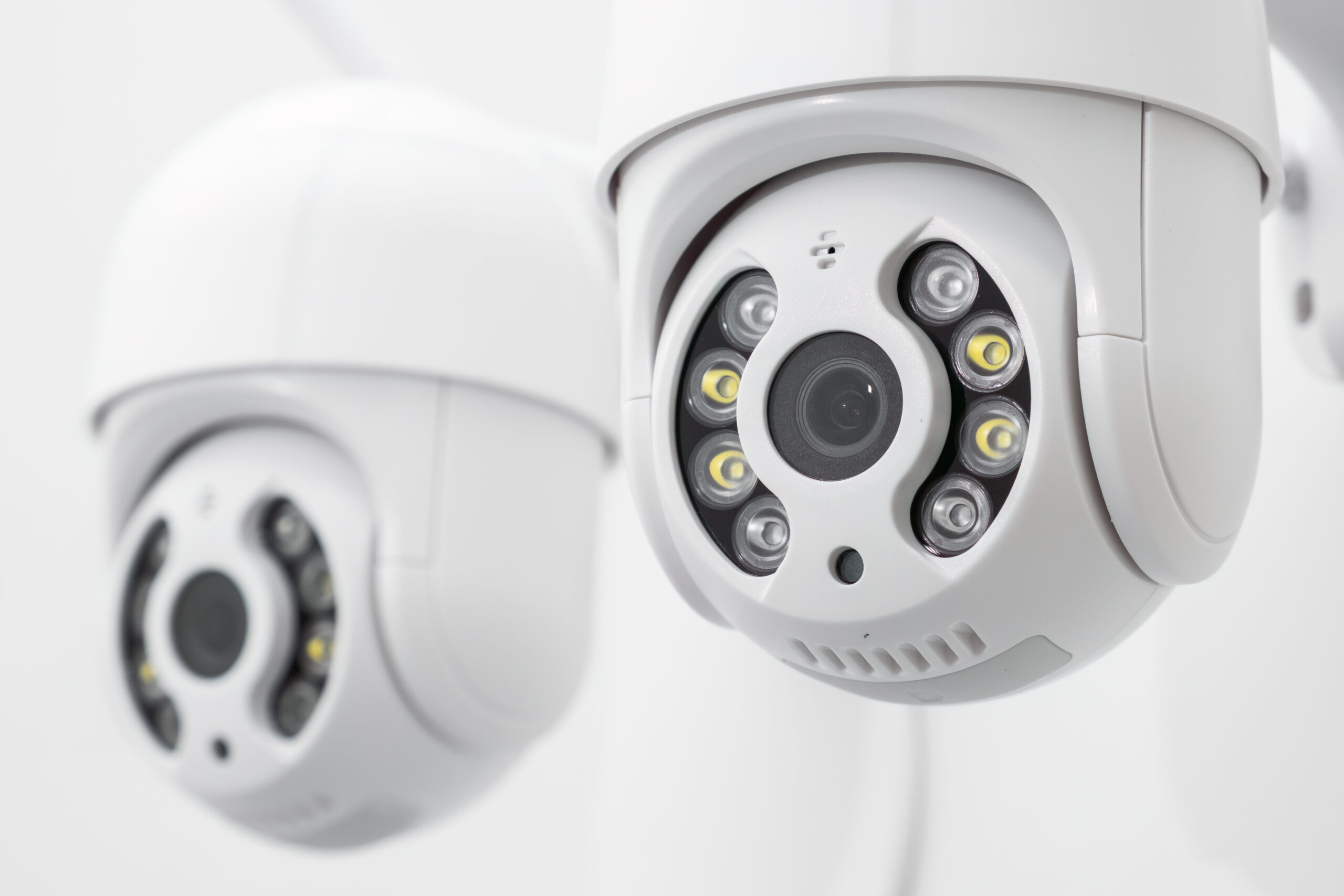Conventional security systems often rely on fixed cameras with a limited field of view to keep an eye on the premises, but advances in technology have paved the way for better solutions. With increased focus on effective security, fisheye cameras have emerged as a game-changer in the world of security systems. In this article, we’ll explore the benefits of fisheye cameras and discuss how they enhance security in various settings.
Wide-Angle Coverage for Better Security

One of the major advantages of using a fisheye camera is its ability to capture 180° or 360° wide-angle views, which can be crucial in ensuring security. Traditional security cameras often require multiple devices to cover the same area, making it both costly and time-consuming for installation and maintenance. With fisheye cameras, one device can monitor a vast area, reducing the need for multiple cameras and capturing critical moments that might otherwise go unnoticed.
Moreover, the wide-angle lens of a fisheye camera makes it less prone to blind spots, ensuring consistent monitoring of activity around the clock. This makes it highly effective in detecting potential security breaches, intruders, or unauthorized access to restricted areas. Early detection of threats can greatly improve the response time of security personnel, allowing them to act quickly and prevent or mitigate incidents.
Another important feature of a fisheye camera is its ability to produce distortion-free images. This is essential for accurately identifying and tracking any suspicious activity. In addition, fisheye cameras can provide better image quality even in low-light conditions, thanks to advanced sensors and image-processing technology.
Efficient Storage and Playback
Fisheye cameras can also help optimize storage and playback, which is particularly useful for organizations with extensive security needs. Traditional security cameras with a narrower field of view may require users to sift through hours of footage to locate specific incidents. In contrast, the broad capture area of a fisheye camera often allows users to review footage more efficiently and find relevant events with greater ease.
This efficiency translates into not only better utilization of storage resources but also reduced man-hours spent on reviewing footage. In addition, fisheye cameras typically use advanced compression algorithms that help streamline data transmission and storage, further contributing to the cost-effectiveness of these systems.
Dewarping technology integrated into fisheye camera systems is another significant feature that allows for better playback and analysis. By processing and correcting the inherent distortion of ultra-wide-angle lenses, de-warping technology generates linear images, making it easier to identify specific areas or individuals of interest during playback.
Versatile Applications for Different Industries

Large retail spaces can benefit from the wide coverage area offered by fisheye cameras, which allows for better monitoring of customer and employee activity. This can ultimately help retailers minimize losses due to theft or other security incidents.
Similarly, educational institutions and hospitals can make use of fisheye cameras to keep an eye on common areas such as hallways, lobbies, and entrances. By covering a broad area with one camera, these cameras can help monitor traffic flow and detect unauthorized access, ensuring the safety of staff, students, and patients.
By facilitating efficient monitoring of facilities and infrastructure, fisheye cameras can also be advantageous for transportation hubs, like airports and train stations, and critical utilities. This added level of security can help prevent vandalism, sabotage, or other security breaches that could impact public safety and essential services.
Future Developments in Fisheye Technology
Fisheye technology is continuously evolving, and future developments promise to enhance its applications and benefits even further. For example, advances in artificial intelligence and machine learning can improve motion detection, object recognition, and even predictive analysis, allowing for more proactive security measures. This can enhance security by automatically flagging suspicious activity and streamlining incident response.
Furthermore, improvements in imaging technology will likely result in better night vision capabilities and higher-resolution cameras, providing even greater detail and visibility for security personnel. These advances will make fisheye cameras an increasingly valuable and indispensable component of modern security systems.
As fisheye cameras continue to evolve and improve, they are poised to play a pivotal role in transforming the way security systems operate, providing greater coverage, better image quality, and unprecedented flexibility for a wide range of industries.
Altogether, fisheye cameras have the potential to revolutionize security systems with increased coverage, versatility, and efficiency. Their unique capabilities make them invaluable tools for improving security across multiple industries and will continue to be at the forefront of security technology advancements.
